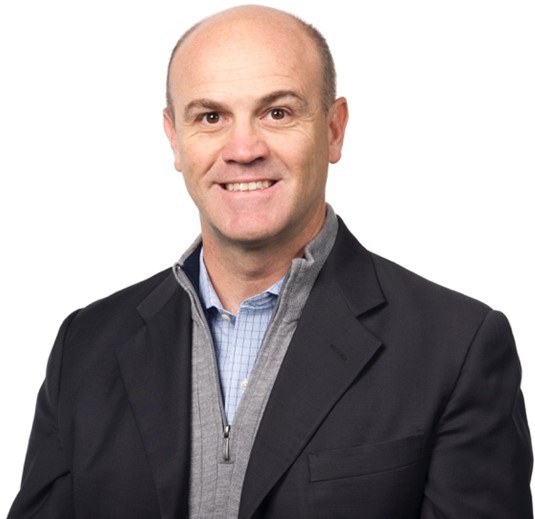Massimo Ruzzene
University of Colorado -Boulder
Seminar Information

Surface curvature is explored as a largely unexplored route for the design of topological mechanical metamaterials and waveguides. Curvature as a design parameter is first investigated in the context of periodic minimal surfaces, which provide a platform for topological mechanical metamaterials. We specifically illustrate configurations of 1D and 2D lattices dimerized through parametrizations that systematically break spatial symmetries, and that form the bases for opening non-trivial band gaps and for introducing interfaces that support topological valley modes. Their existence is illustrated through vibration and wave propagation experiments conducted on additively manufactured minimal surfaces samples, which illustrate the confinement of topologically protected edge states along engineered interfaces, and confirm the lack of significant backscattering at sharp corners. This study supports the vision of minimal surfaces as a general framework where geometrical modulations and symmetries can be introduced to achieve novel and unusual mechanical and acoustic functionalities.
In the second part of the talk, curvature is explored as a mean to induce spatial variations of the effective refractive index of waveguides. Graded refractive index distributions usually requires the use of metamaterials, which pose manufacturing challenges, and introduce bandwidth limitations. It is here shown that the effect of a variable refractive index is equivalently achieved by warping the waveguide in the space. We specifically illustrate how elastic waves can be manipulated through curved surfaces characterized by generic Gaussian curvature distributions. By operating within the short wavelength limit, we show that homogeneous curved waveguides can be designed by relating the refractive index to the Gaussian curvature. Consequently, the wave trajectories can be predicted by means of geodesic analysis of the surface followed by a classical ray tracing approach. Our theoretical predictions are validated by experiments conducted on additively printed curved waveguides which demonstrate how spatial curvature can be used for wave guiding and focusing using simple, and possible reconfigurable, structural configurations.
Massimo Ruzzene is the Slade Professor of Mechanical Engineering and holds a joint appointment in the Smead Aerospace Engineering Sciences Department of CU Boulder. M. Ruzzene currently serves as the Associate Dean for Research of the College of Engineering and Applied Science. He joined CU in the summer of 2019, after serving as the Pratt and Whitney Professor in the Schools of Aerospace and Mechanical Engineering at Georgia Institute of Technology. M. Ruzzene received a PhD in Mechanical Engineering from the Politecnico di Torino (Italy) in 1999. He is author of 2 books, more than 200 journal papers and 280 conference papers. He has participated as a PI or co-PI in various research projects funded by the Air Force Office of Scientific Research (AFOSR), the Army Research Office (ARO), the Office of Naval Research (ONR), NASA, the US Army, US Navy, DARPA, the National Science Foundation (NSF), as well as companies such as Boeing, Eurocopter, Raytheon, Corning and TRW. Most of his current and past research work has focused on solid mechanics, structural dynamics and wave propagation with application to structural health monitoring, metamaterials, and vibration and noise control. M. Ruzzene is a Fellow of ASME and SES, an Associate Fellow of AIAA, and a member of AHS, and ASA. He served as Program Director for the Dynamics, Control and System Diagnostics Program of CMMI at the National Science Foundation between 2014 and 2016.
